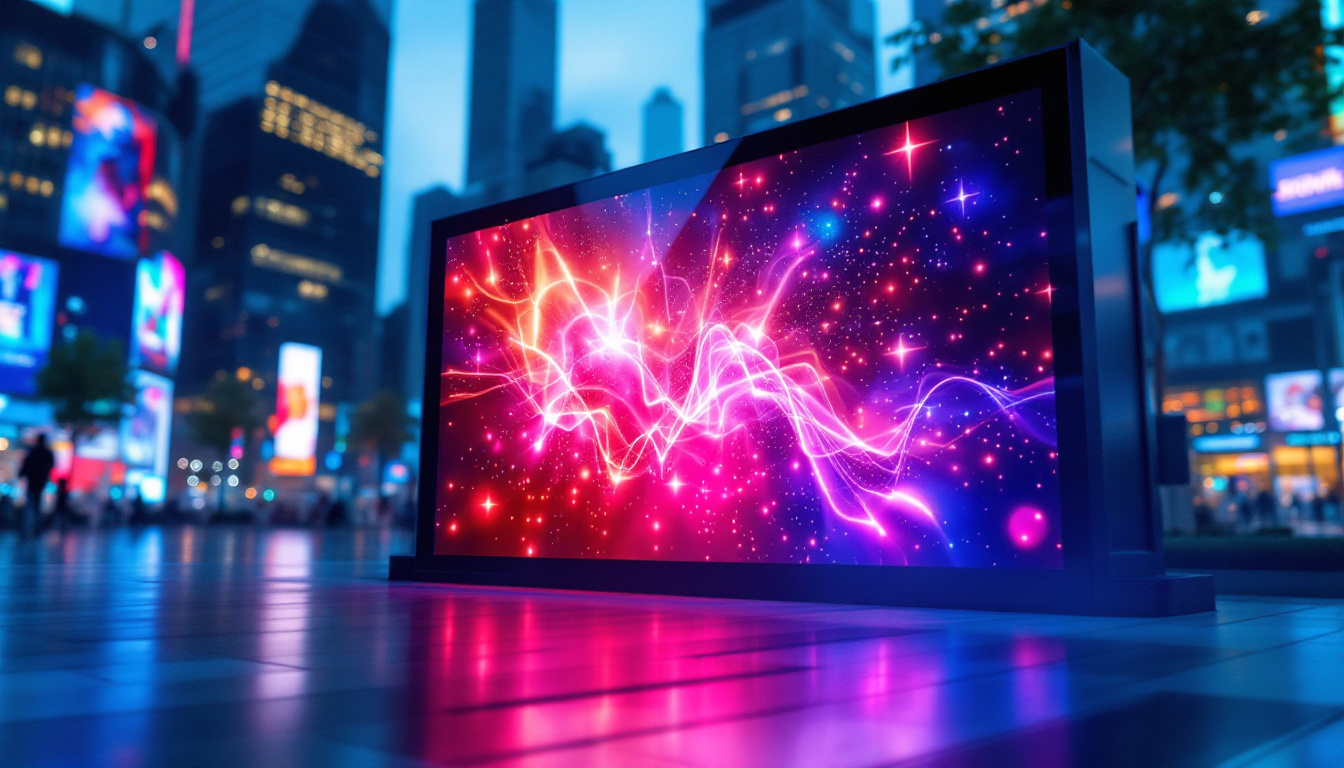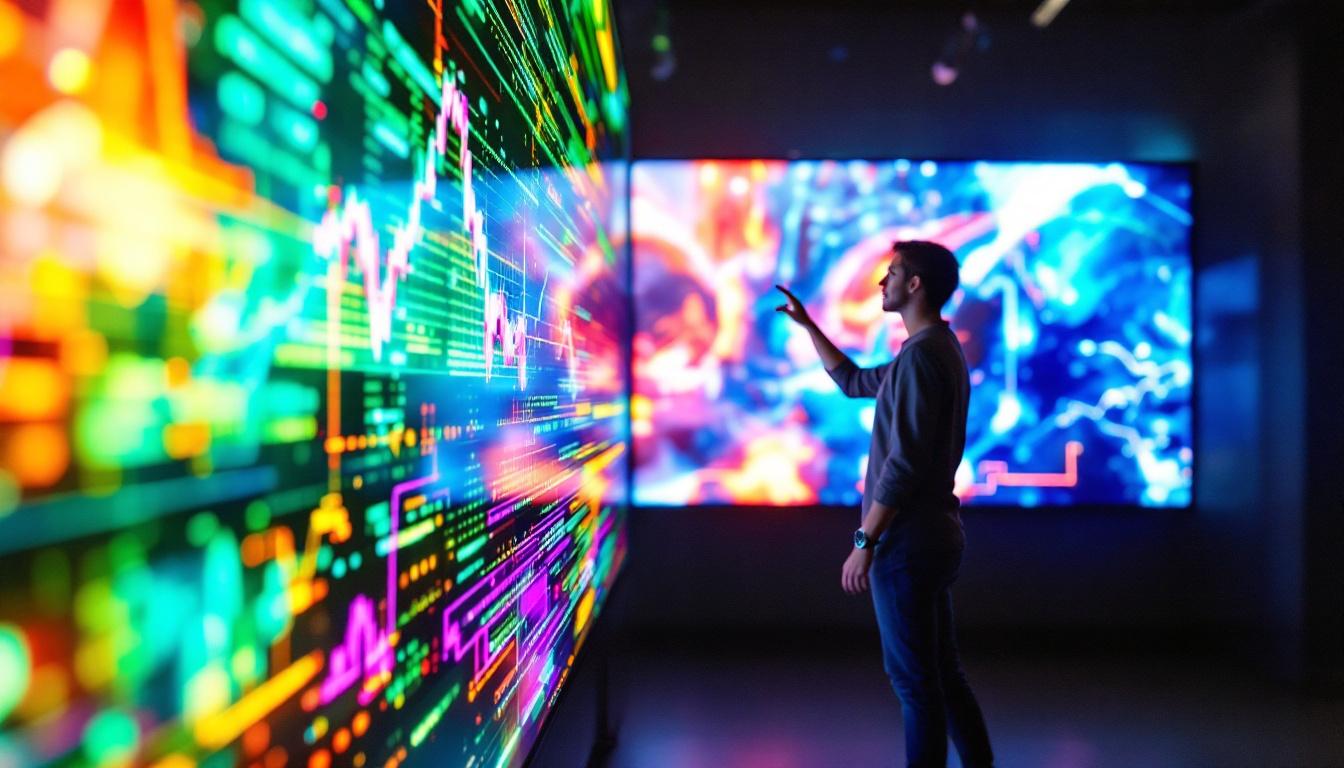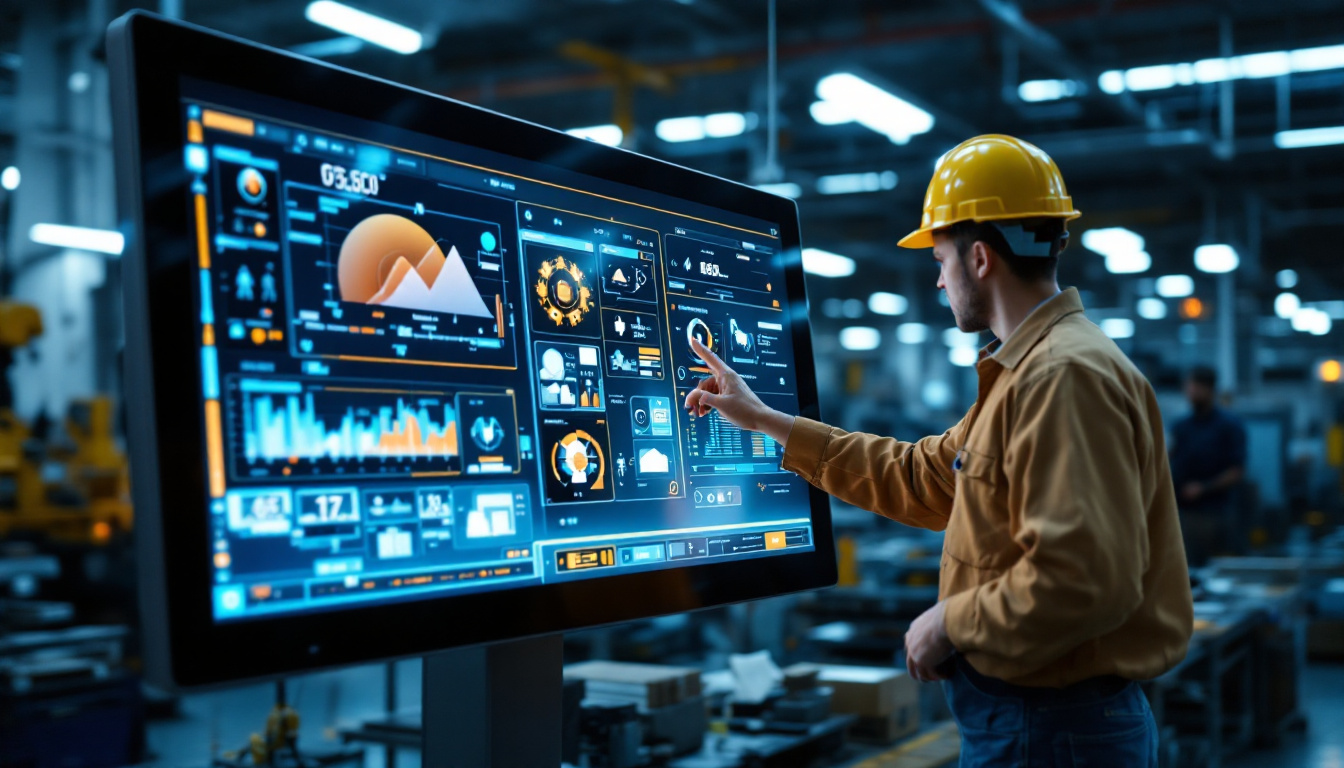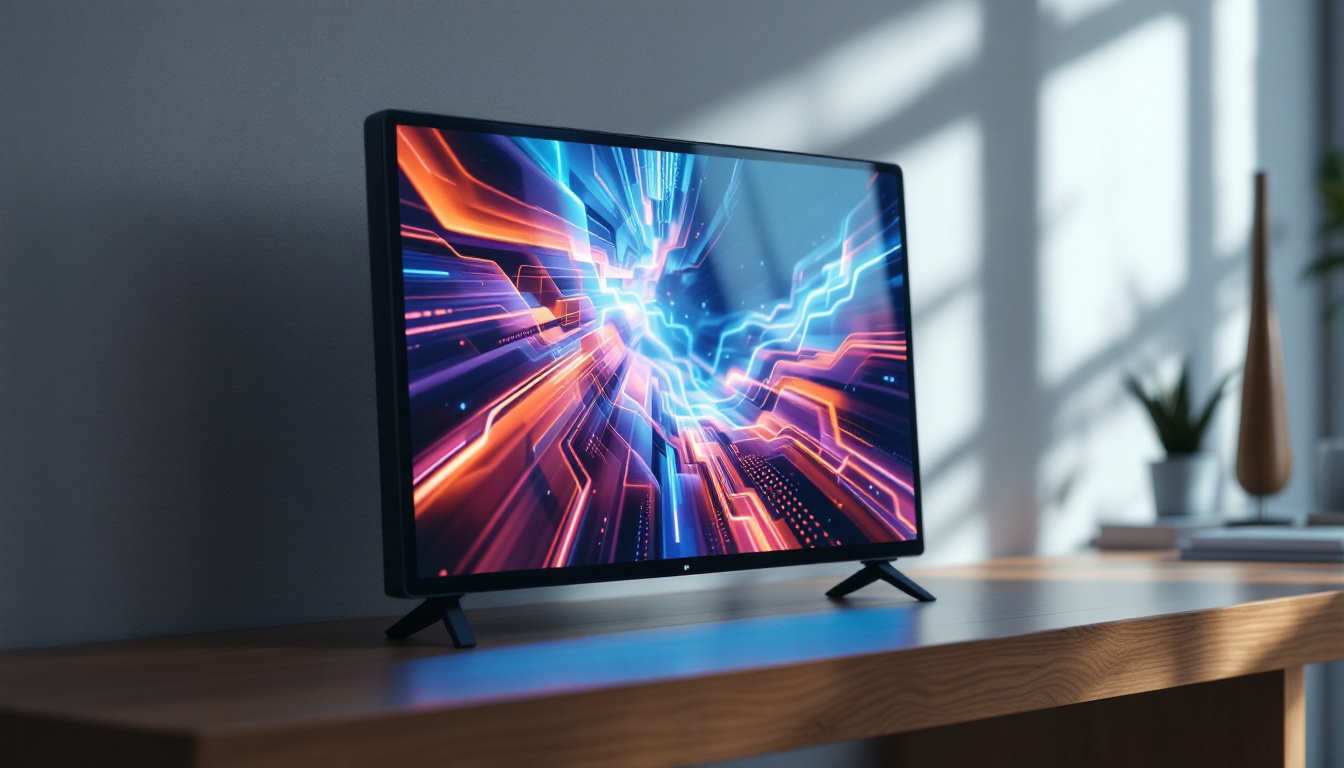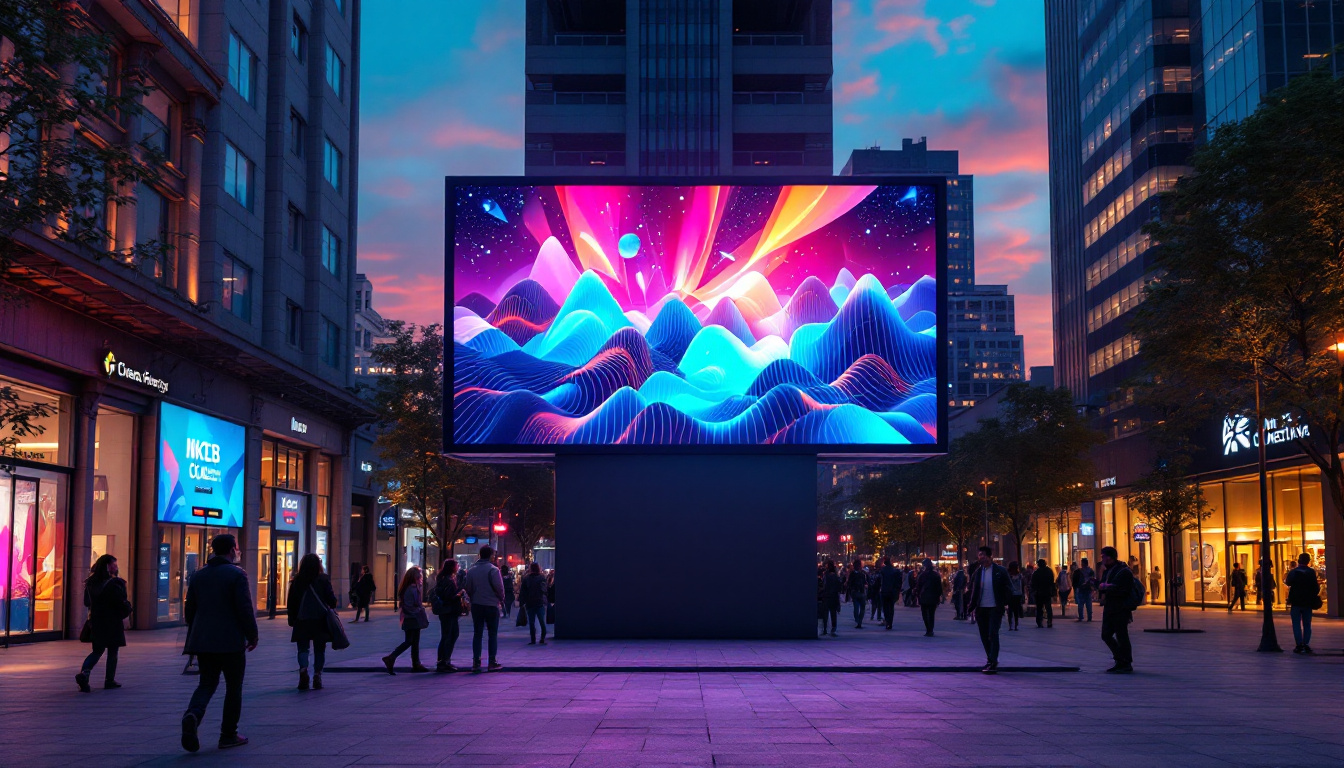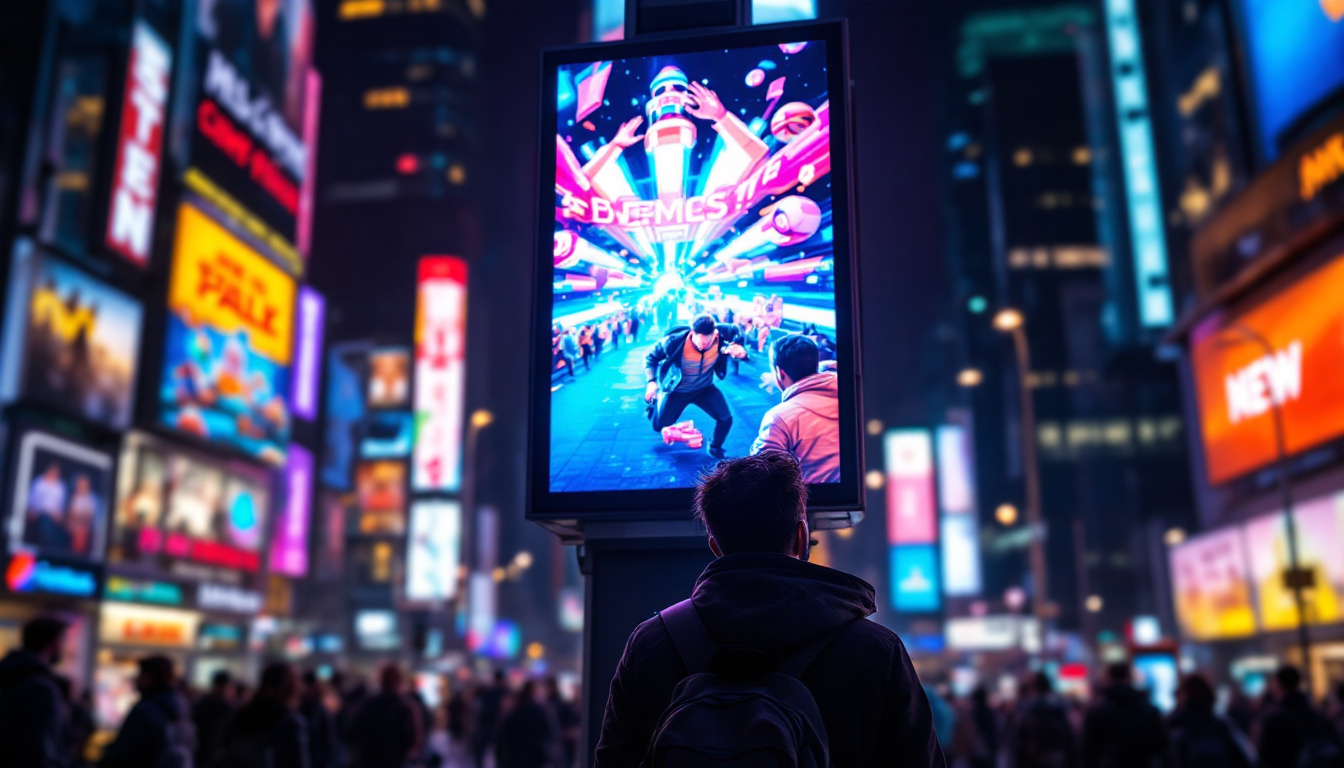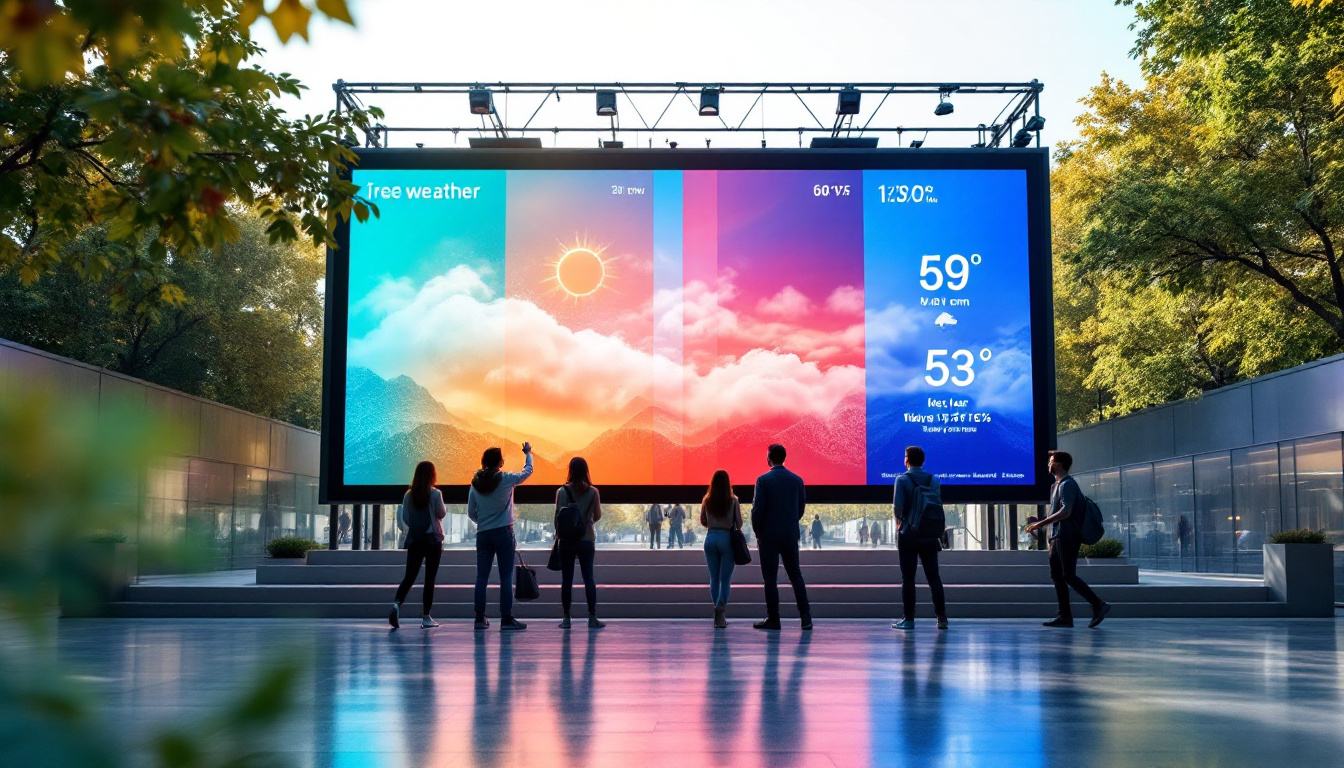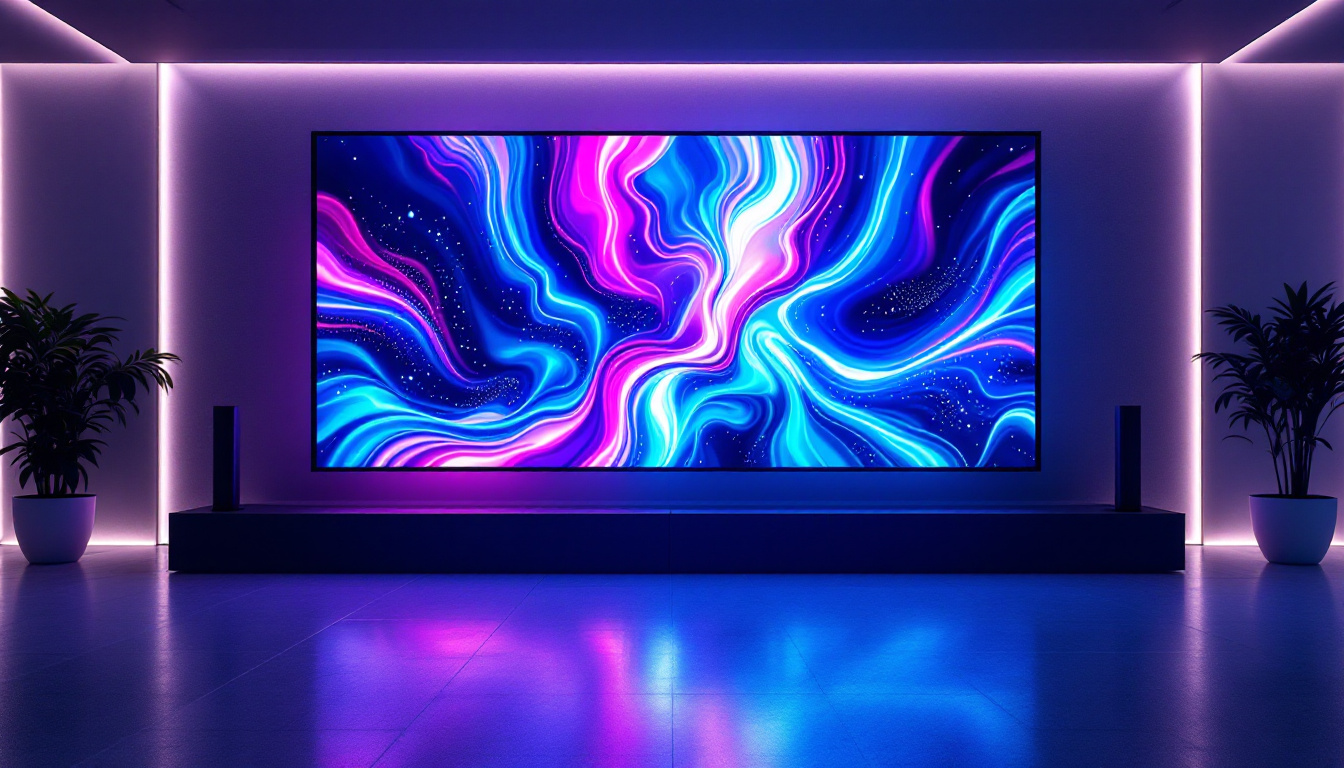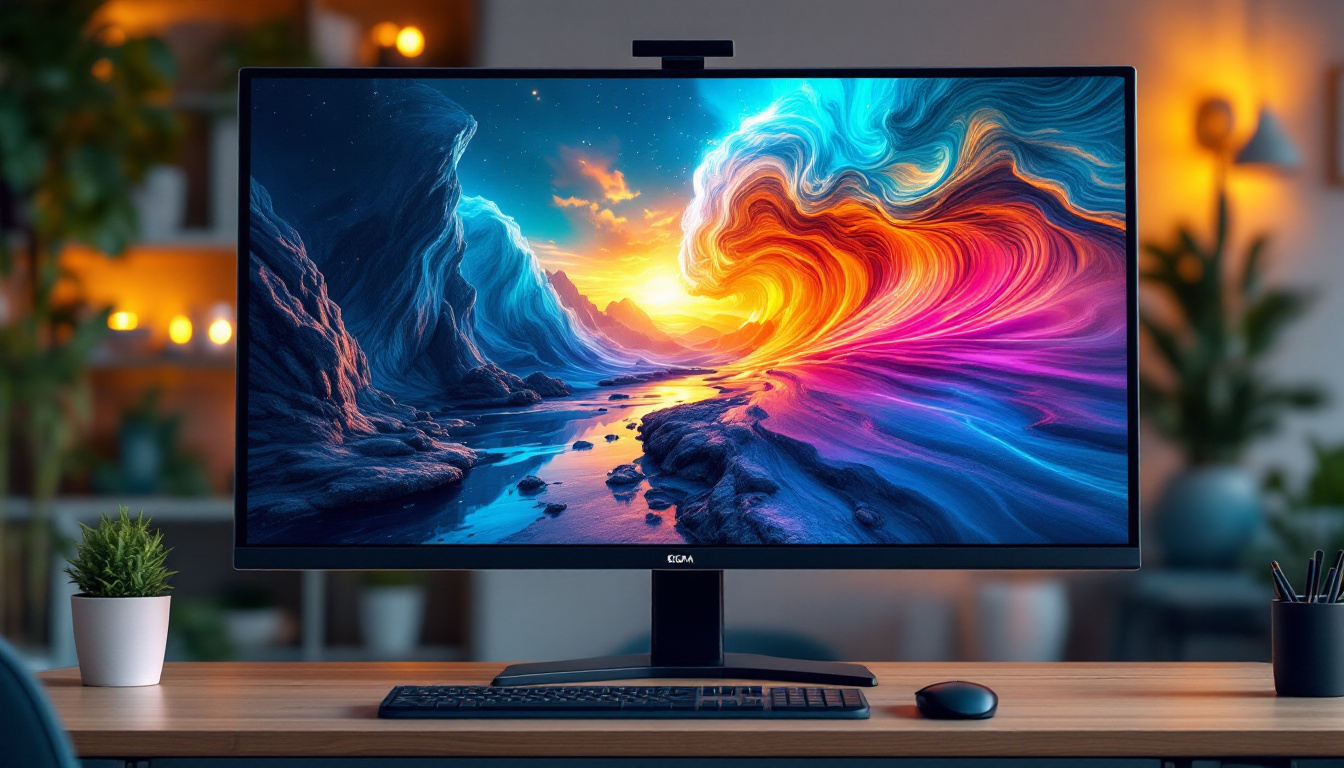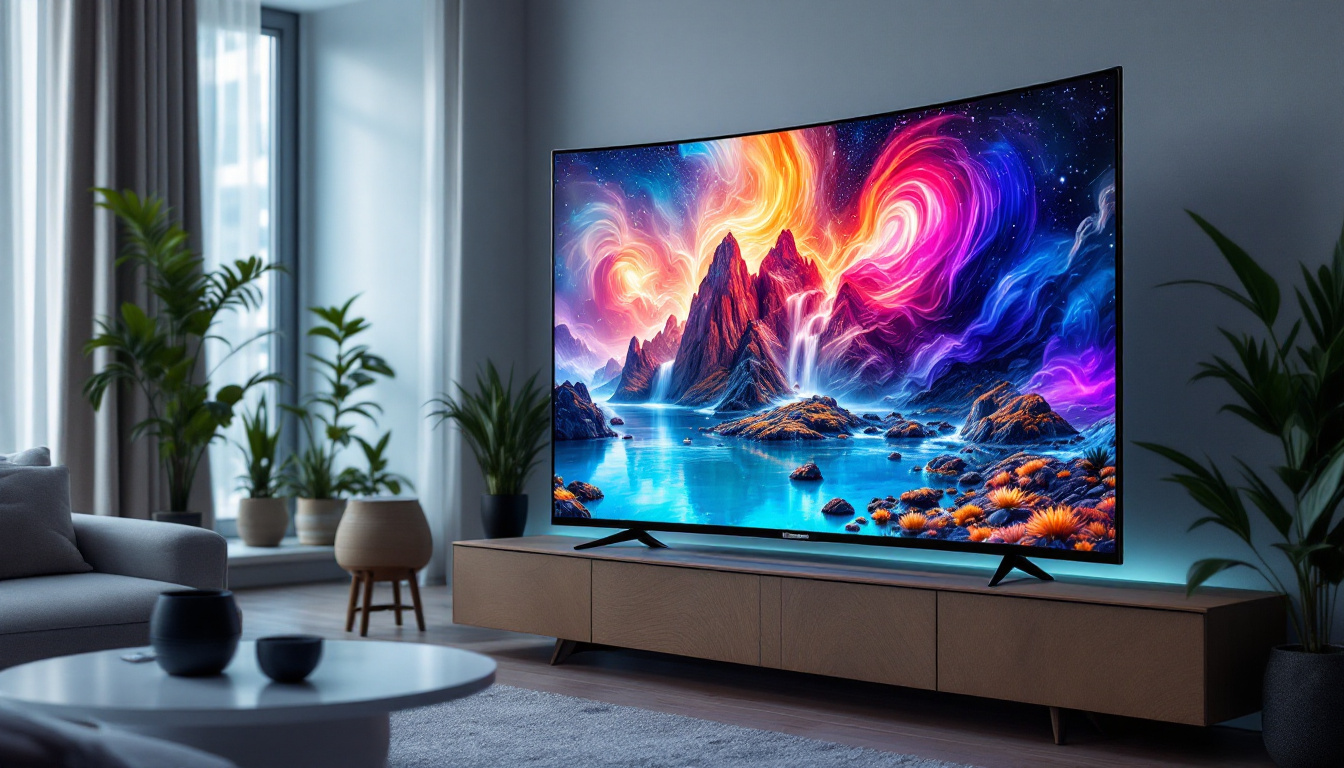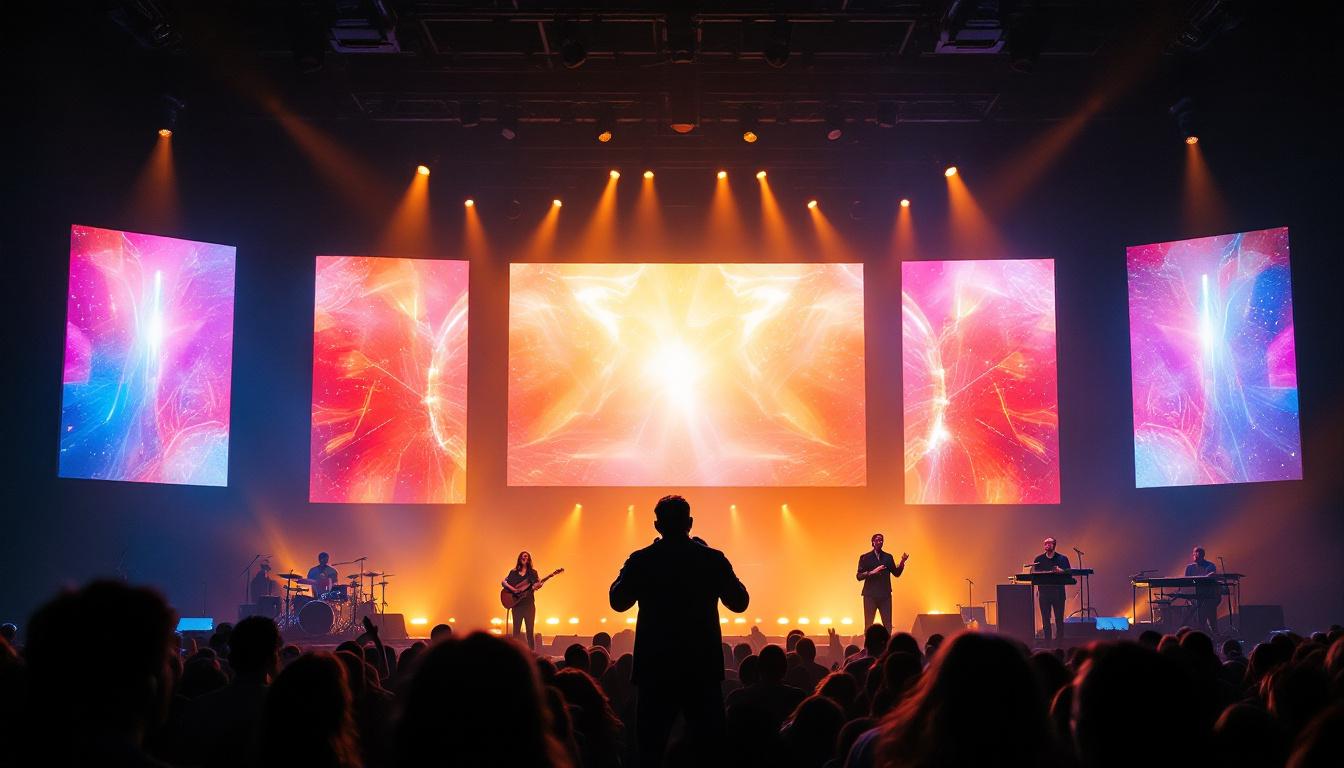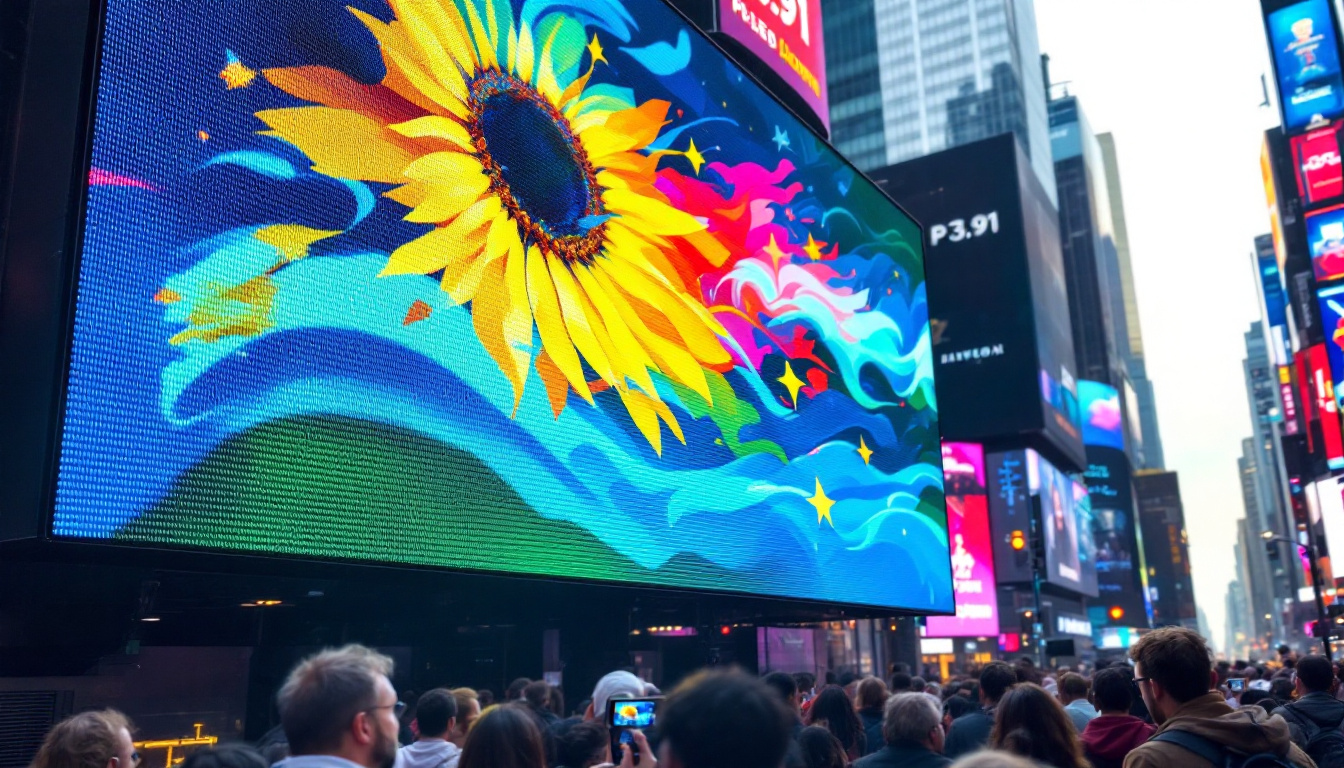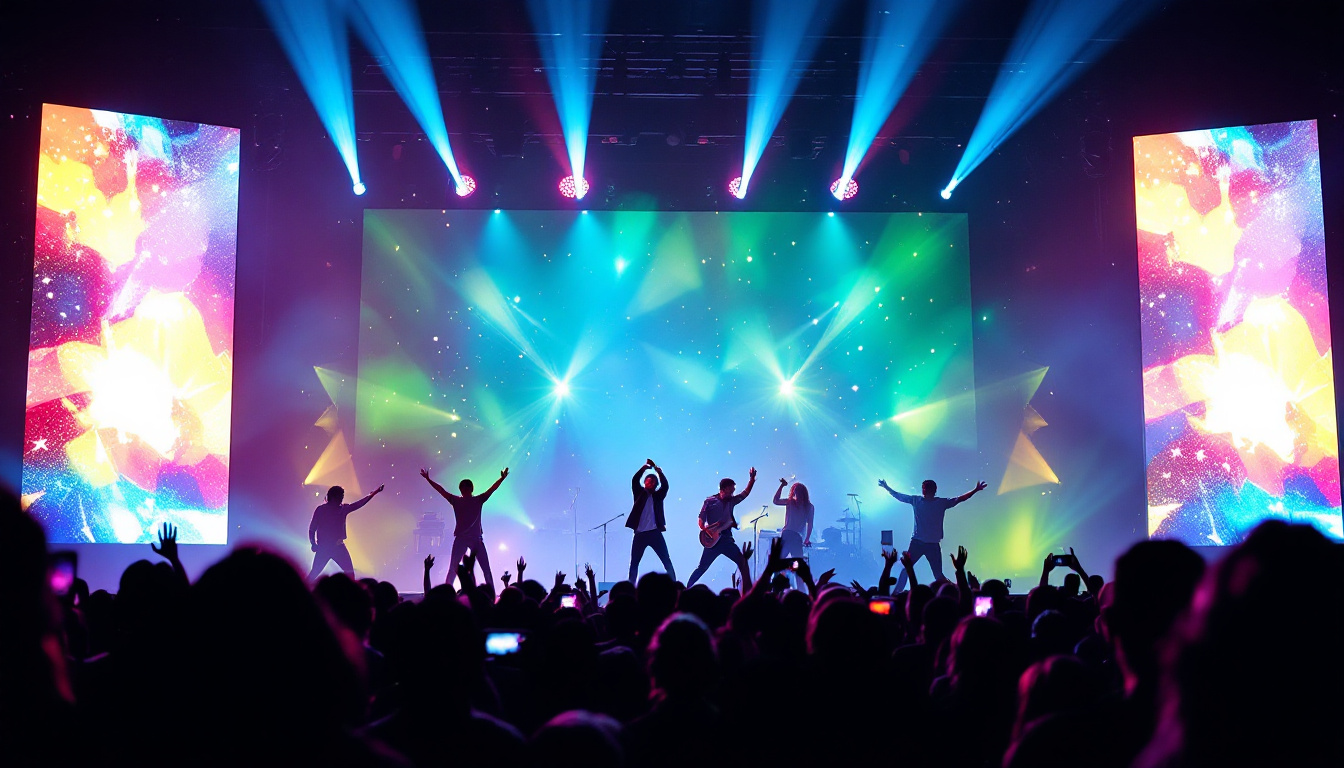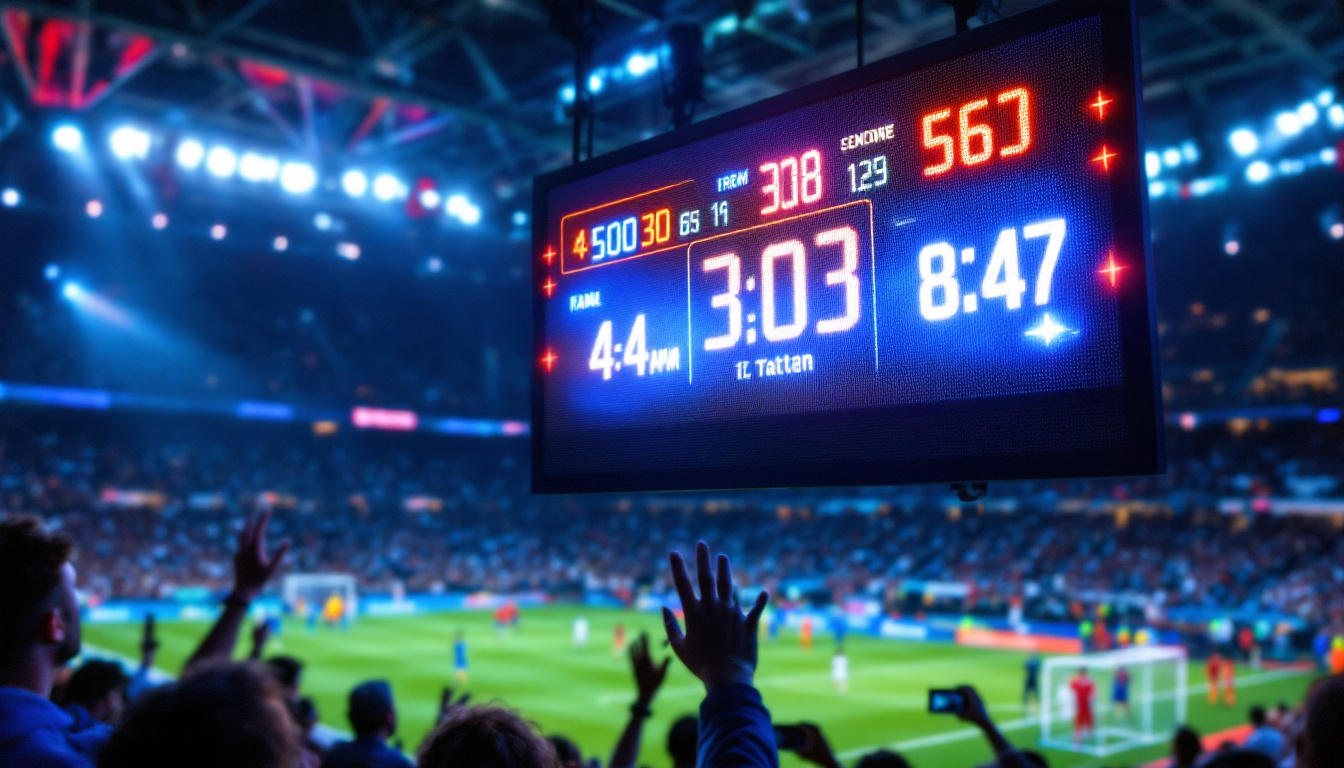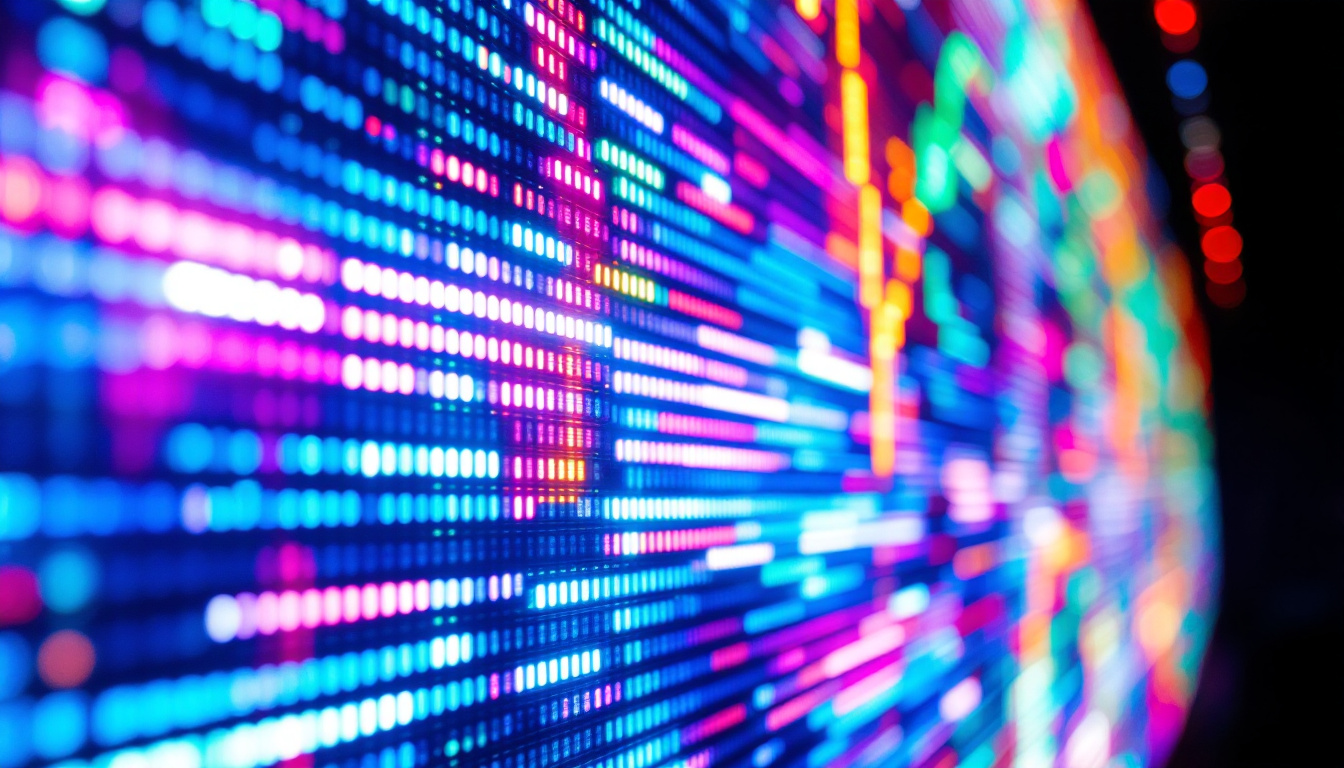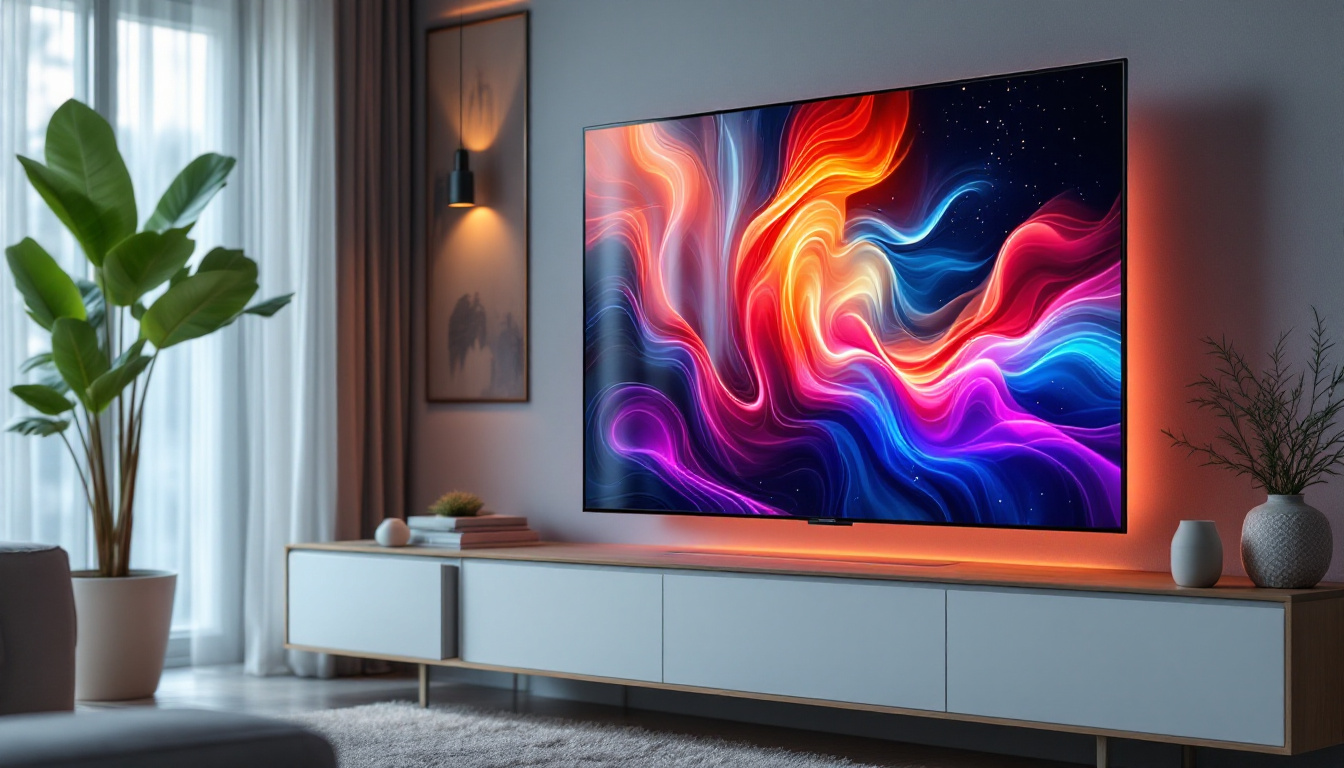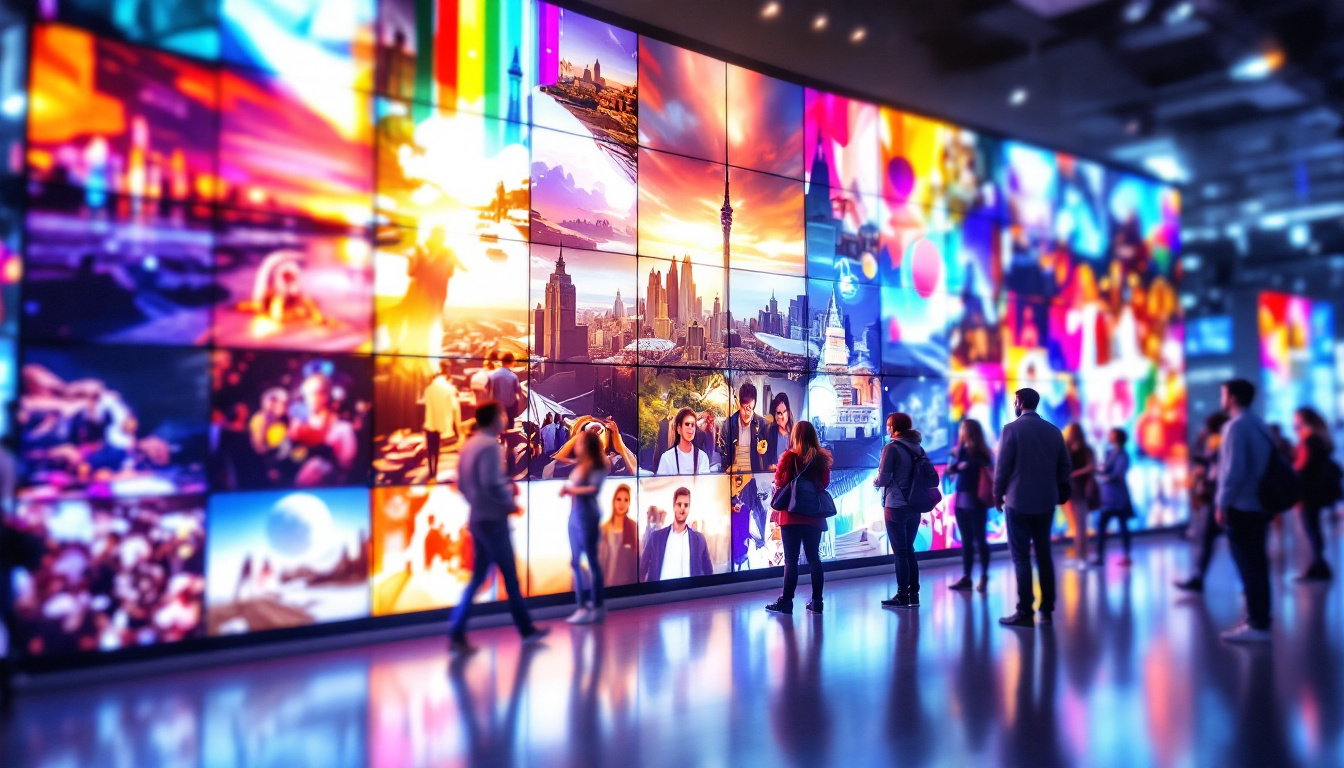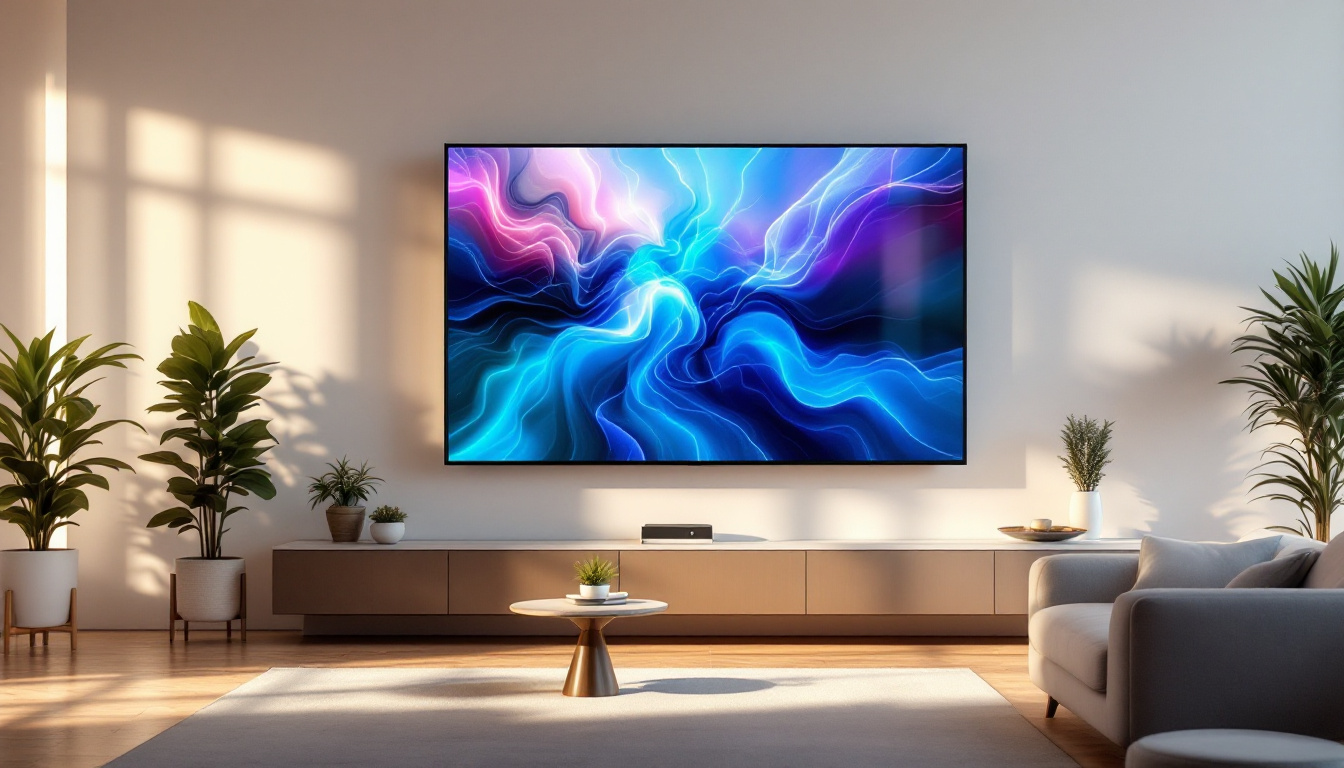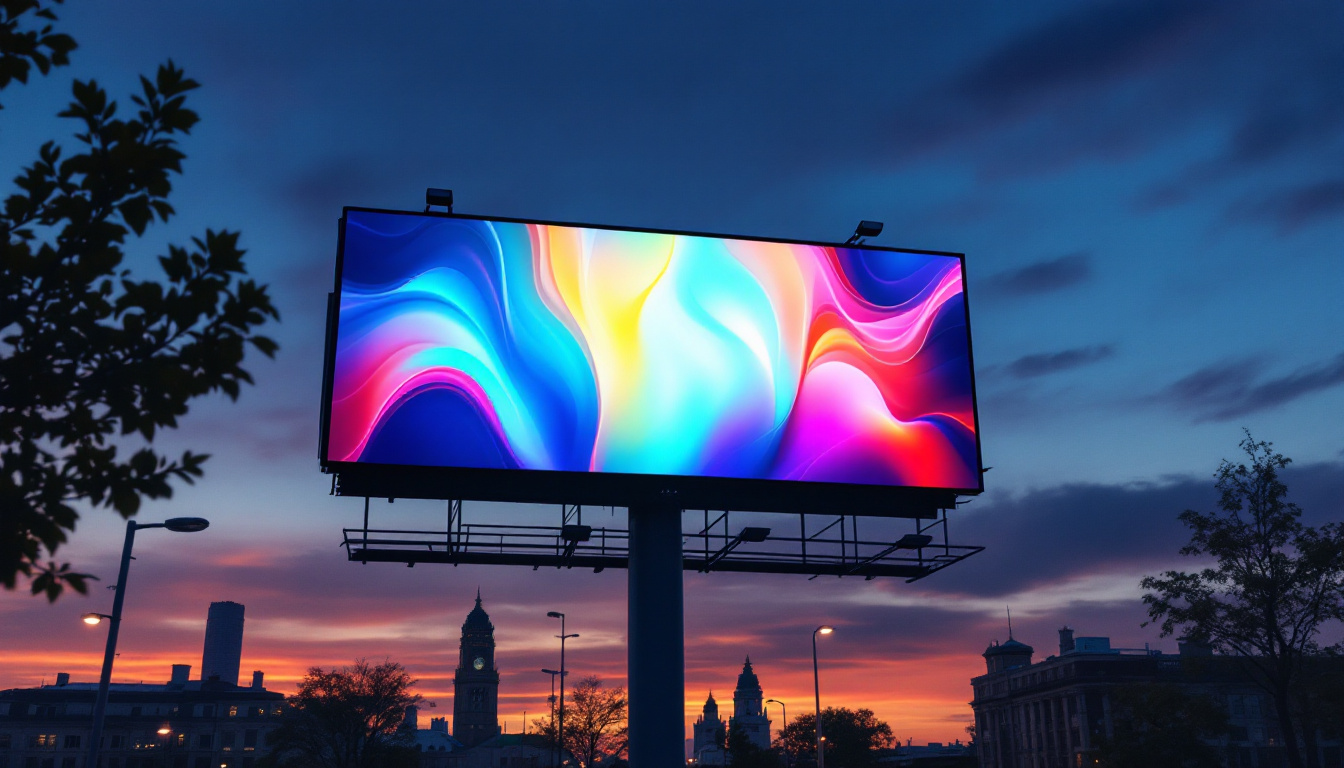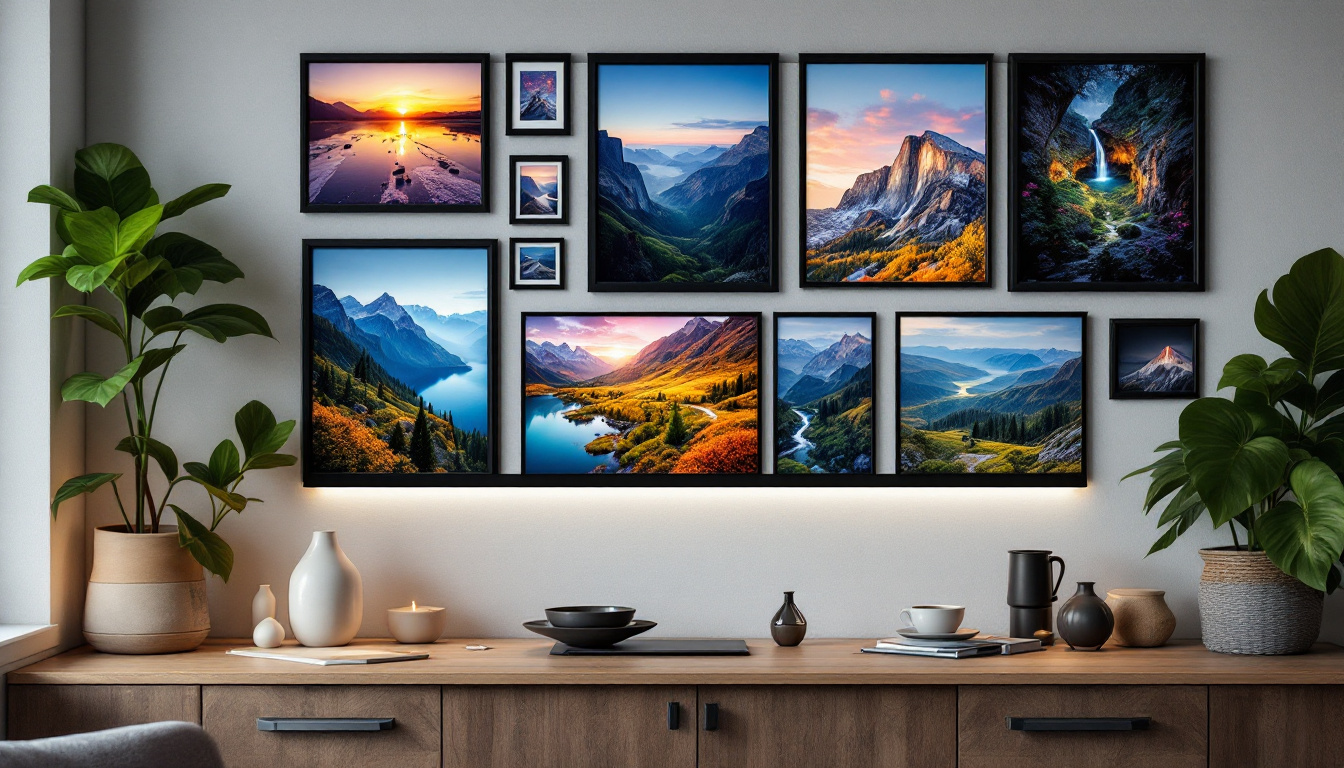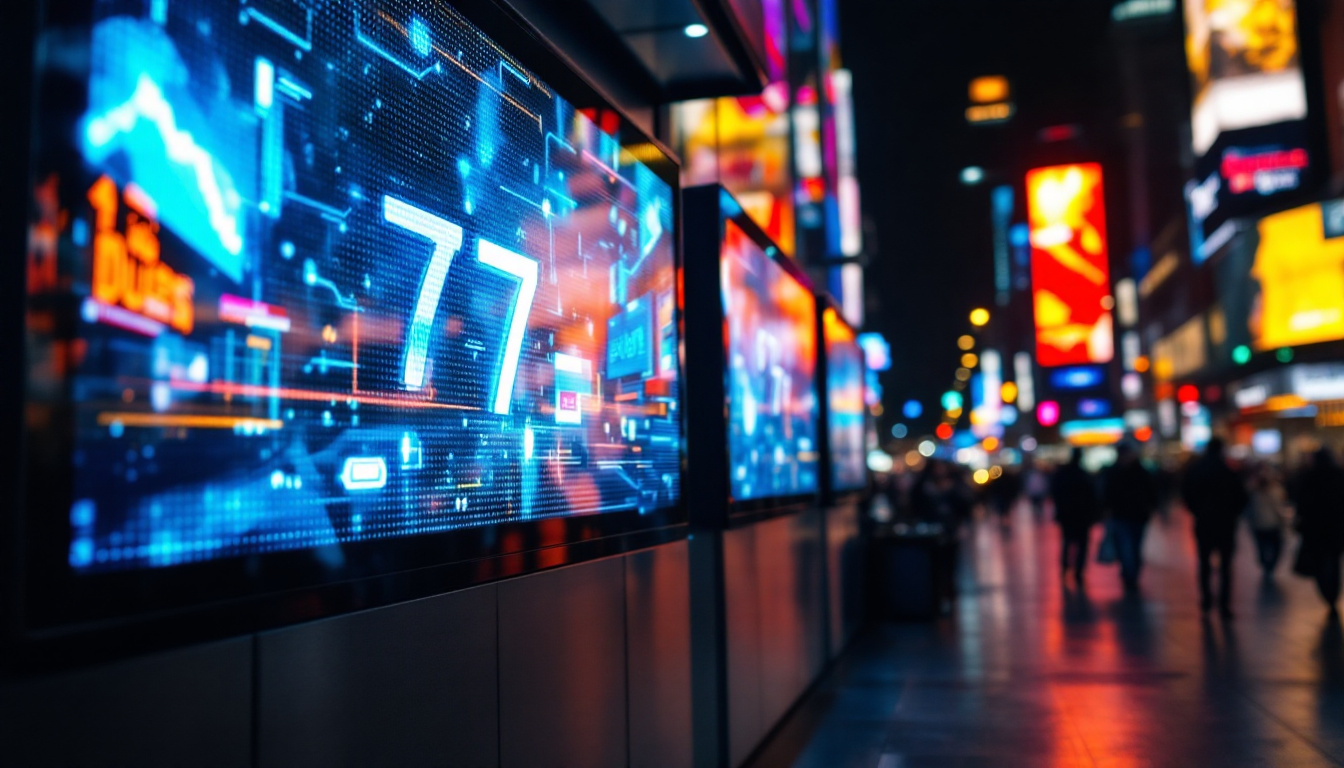In recent years, LED displays have transformed the landscape of visual communication, particularly in urban environments. From advertising billboards to sports arenas, these vibrant screens have become ubiquitous. Among the leading manufacturers of these displays, China has emerged as a powerhouse, producing a significant portion of the world’s LED technology. This article delves into the intricacies of LED displays, their applications, and the pivotal role China plays in this industry.
Understanding LED Technology
Light Emitting Diodes (LEDs) are semiconductor devices that emit light when an electric current passes through them. This technology has evolved significantly since its inception, leading to the creation of high-quality displays that are energy-efficient and versatile. Originally developed in the early 1960s, the first LEDs emitted low-intensity red light, but advancements in materials and manufacturing processes have allowed for a broader spectrum of colors and increased brightness, revolutionizing how we interact with visual media.
The Basics of LED Displays
LED displays can be categorized into various types, including direct view, backlit, and organic LED (OLED) displays. Direct view LED displays consist of an array of individual LEDs that create images directly, while backlit displays use LEDs to illuminate a liquid crystal display (LCD) panel. OLED displays, on the other hand, utilize organic compounds to emit light, offering superior contrast and color accuracy. The development of microLED technology is also on the rise, promising even finer pixel pitch and enhanced performance, which could lead to displays that are lighter, thinner, and more energy-efficient than ever before.
The construction of LED displays involves a matrix of pixels, each capable of producing a range of colors. This pixel arrangement allows for the creation of dynamic images and videos, making LED displays ideal for advertising and entertainment purposes. Furthermore, advancements in pixel technology, such as the introduction of pixel pitch, have enabled manufacturers to create displays with higher resolutions, ensuring that images remain sharp and clear, regardless of the viewing distance. This is particularly important in large-scale installations, such as stadiums and concert venues, where audience members are spread out over a wide area.
Benefits of LED Displays
One of the most significant advantages of LED displays is their energy efficiency. Compared to traditional incandescent bulbs and even fluorescent lights, LEDs consume considerably less power, making them an environmentally friendly option. Additionally, their long lifespan—often exceeding 50,000 hours—reduces the need for frequent replacements, further contributing to sustainability efforts. The reduced energy consumption not only lowers operational costs but also minimizes the carbon footprint associated with lighting and display technologies.
LED displays also offer superior brightness and visibility, even in direct sunlight. This characteristic makes them particularly effective for outdoor advertising, where visibility is crucial. Moreover, the flexibility in design allows for various shapes and sizes, accommodating different installation environments. From curved screens that enhance the viewing experience in theaters to modular panels that can be configured into unique shapes for artistic displays, the versatility of LED technology opens up a world of creative possibilities. Additionally, the rapid response time of LEDs allows for smooth video playback and vibrant animations, making them a preferred choice for dynamic content in both commercial and artistic applications.
The Role of China in LED Display Manufacturing
China has established itself as a global leader in LED display manufacturing, accounting for a significant share of the market. This dominance can be attributed to several factors, including technological advancements, cost-effective production, and a robust supply chain.
Technological Advancements
Chinese manufacturers have heavily invested in research and development, leading to innovations in LED technology. These advancements include improvements in pixel density, color accuracy, and energy efficiency. Companies in China are continuously pushing the boundaries of what is possible with LED displays, resulting in products that meet the diverse needs of consumers and businesses alike.
Furthermore, the integration of smart technologies, such as IoT (Internet of Things) capabilities, has allowed for more interactive and engaging displays. This trend is particularly evident in advertising, where real-time data can be used to tailor content to specific audiences.
Cost-Effective Production
China’s manufacturing ecosystem is characterized by lower labor costs and access to raw materials, which significantly reduces production expenses. This cost advantage enables Chinese manufacturers to offer competitive pricing, making LED displays more accessible to a broader range of customers.
Moreover, the scale of production in China allows for economies of scale, further driving down costs. As a result, businesses can invest in high-quality LED displays without breaking the bank, fostering widespread adoption across various industries.
Robust Supply Chain
The infrastructure supporting LED display manufacturing in China is well-developed, with a comprehensive supply chain that includes everything from component sourcing to logistics. This efficiency ensures that manufacturers can quickly respond to market demands and deliver products in a timely manner.
Additionally, the presence of numerous suppliers and manufacturers fosters healthy competition, driving innovation and keeping prices competitive. This ecosystem not only benefits manufacturers but also end-users who enjoy a diverse range of options.
Applications of LED Displays
LED displays are utilized in a myriad of applications, each leveraging the technology’s unique advantages. From advertising to entertainment, the versatility of LED displays has made them a staple in modern society.
Advertising and Marketing
One of the most prominent applications of LED displays is in advertising. Digital billboards and signage have revolutionized how brands communicate with consumers. With the ability to display dynamic content, businesses can capture attention more effectively than with traditional static advertisements.
Moreover, LED displays can be programmed to change content based on time of day, weather conditions, or audience demographics, allowing for targeted marketing strategies. This adaptability not only enhances engagement but also maximizes return on investment for advertisers.
Entertainment and Sports
In the realm of entertainment, LED displays play a crucial role in enhancing the viewer experience. Concerts, festivals, and sporting events utilize large LED screens to broadcast live footage, graphics, and advertisements, creating an immersive atmosphere for attendees.
Stadiums and arenas have adopted LED technology to provide fans with real-time statistics, instant replays, and engaging visuals. This integration of technology enhances the overall experience, making events more enjoyable and memorable.
Transportation and Wayfinding
LED displays are increasingly used in transportation systems for wayfinding and information dissemination. Airports, train stations, and bus terminals utilize LED screens to provide travelers with real-time updates on schedules, delays, and other essential information.
These displays are not only functional but also contribute to the aesthetic appeal of transportation hubs. The bright, vibrant visuals can enhance the overall atmosphere, making travel more enjoyable for passengers.
Challenges Facing the LED Display Industry
Despite the numerous advantages and applications of LED displays, the industry is not without its challenges. As the market continues to grow, manufacturers must navigate various obstacles to maintain their competitive edge.
Environmental Concerns
While LED technology is generally more energy-efficient than traditional lighting, the production and disposal of LED displays raise environmental concerns. The manufacturing process involves the use of hazardous materials, which can pose risks to both workers and the environment if not managed properly.
Additionally, the disposal of LED displays can lead to electronic waste issues. As technology evolves and displays become obsolete, manufacturers must find sustainable solutions for recycling and disposing of old units to minimize environmental impact.
Market Saturation and Competition
The rapid growth of the LED display market has led to increased competition among manufacturers. As more companies enter the space, differentiating products becomes increasingly challenging. This saturation can lead to price wars, which may compromise quality and innovation.
To remain competitive, manufacturers must focus on continuous improvement and innovation. Investing in research and development, enhancing product features, and providing exceptional customer service are essential strategies for standing out in a crowded market.
Regulatory Challenges
As the LED display industry grows, so does the need for regulations governing their use. Issues such as brightness standards, safety requirements, and environmental regulations can vary significantly between regions. Navigating these regulations can be complex and may pose challenges for manufacturers looking to expand into new markets.
Staying compliant with local regulations is crucial for manufacturers to avoid legal issues and maintain a positive reputation. This often requires ongoing education and adaptation to changing laws and standards.
The Future of LED Displays
The future of LED displays looks promising, with continued advancements in technology and an ever-expanding range of applications. As the demand for high-quality visual communication grows, manufacturers are poised to innovate and adapt to meet these needs.
Emerging Technologies
One of the most exciting developments in the LED display industry is the integration of emerging technologies such as artificial intelligence (AI) and augmented reality (AR). These technologies can enhance the functionality of LED displays, allowing for more interactive and engaging experiences.
For instance, AI can be used to analyze audience behavior and optimize content delivery in real-time, ensuring that advertisements are more relevant and effective. Similarly, AR can create immersive experiences that blend digital content with the physical world, providing unique opportunities for marketers and brands.
Global Expansion
As the LED display market continues to grow, manufacturers are increasingly looking to expand their reach globally. Emerging markets in Asia, Africa, and South America present significant opportunities for growth, as urbanization and digitalization drive demand for advanced display solutions.
However, entering new markets requires a deep understanding of local preferences, regulations, and competition. Manufacturers must be prepared to tailor their products and strategies to meet the unique needs of each region.
Sustainability Initiatives
In response to environmental concerns, many manufacturers are prioritizing sustainability initiatives in their production processes. This includes using eco-friendly materials, implementing energy-efficient manufacturing practices, and developing recycling programs for end-of-life products.
By adopting sustainable practices, manufacturers can not only reduce their environmental impact but also appeal to increasingly eco-conscious consumers. This shift towards sustainability is likely to shape the future of the LED display industry, driving innovation and enhancing brand reputation.
Conclusion
LED displays have revolutionized visual communication, offering vibrant, energy-efficient solutions for a wide range of applications. China’s dominance in the manufacturing of these displays has played a crucial role in the industry’s growth, driven by technological advancements, cost-effective production, and a robust supply chain.
As the market continues to evolve, manufacturers must navigate challenges such as environmental concerns, competition, and regulatory complexities. However, the future of LED displays remains bright, with emerging technologies and sustainability initiatives paving the way for continued innovation and expansion.
In a world increasingly driven by visual communication, LED displays will undoubtedly remain at the forefront, shaping the way brands connect with consumers and enhancing experiences across various sectors.
Discover LumenMatrix’s Innovative LED Solutions
Ready to elevate your visual communication with cutting-edge LED technology? LumenMatrix is at the forefront of the LED display revolution, offering a diverse range of products from Indoor and Outdoor LED Wall Displays to specialized solutions like Vehicle LED Displays and LED Sports Displays. Whether you’re looking to captivate your audience with a Custom LED Display or seeking the versatility of an All-in-One LED Display, LumenMatrix has the expertise to bring your vision to life. Check out LumenMatrix LED Display Solutions today and see how we can transform your brand’s visibility and audience engagement.

